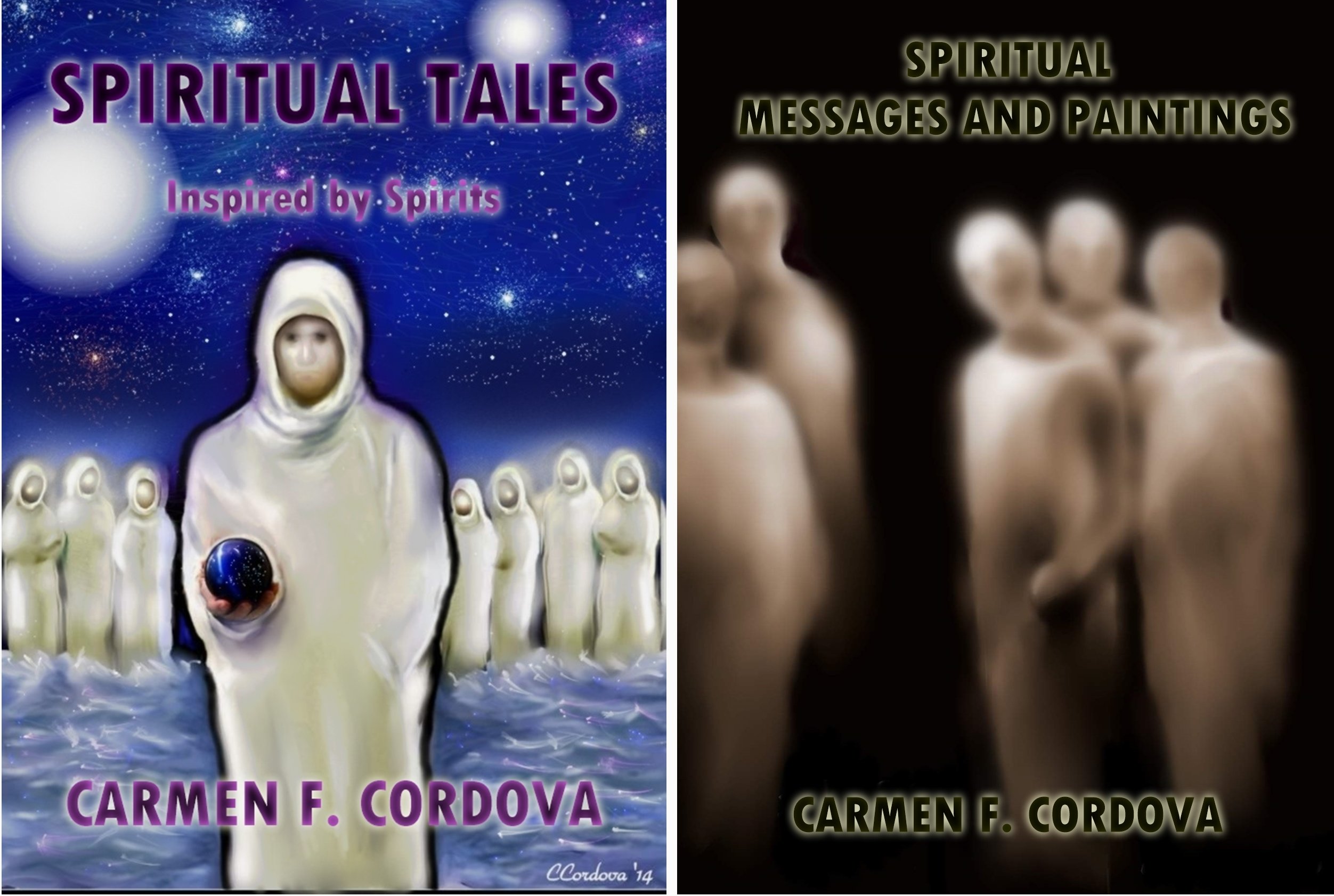Death and the Afterlife
Insights and Perspectives
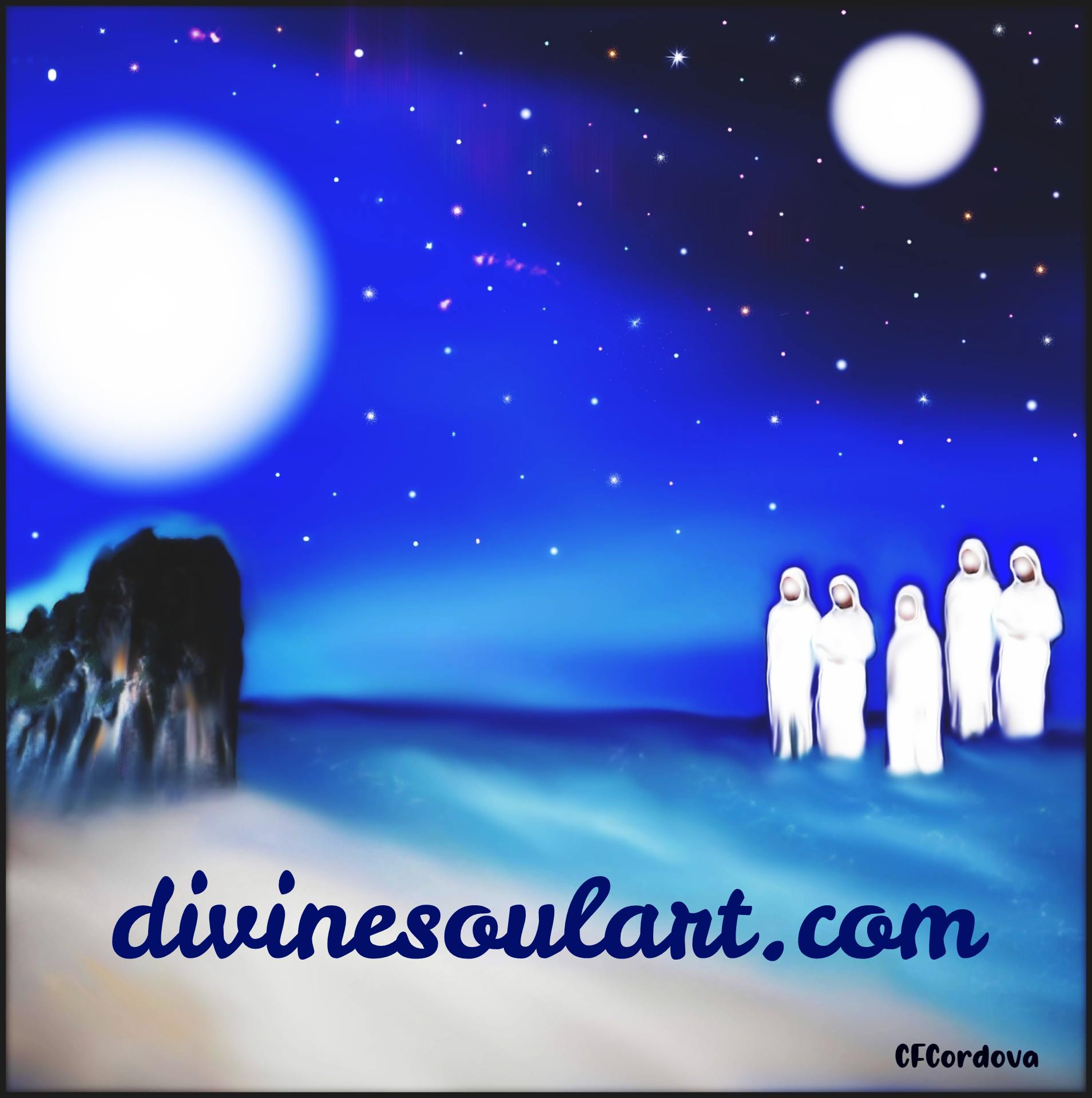 Death and the Afterlife
Death and the AfterlifeAre you curious about what happens after we die? This question has puzzled and intrigued people throughout all cultures and history. The nature of the soul, along with its inherent qualities and characteristics, is thought to be revealed following death. This revelation influences one's experiences in the afterlife and relationships with others in the spiritual world. Different cultures and religions offer various interpretations of what happens to the soul once it departs from the physical body.
In this article, we will explore various aspects of death and the afterlife to shed light on what may occur after we pass away.
Definition: Death and the Afterlife
Definition:
Death-The end of the life.
Afterlife-Life after death.
Death and the afterlife are complex concepts that have been debated and explored throughout human history. Death is commonly understood as the end of bodily functions, marking the conclusion of physical life. In contrast, the idea of the afterlife suggests the existence of an immortal soul, which is believed to survive the death of the material body and continue in some form.
Upon death, the spirit separates from the body and resides in the spirit world. This world is often seen as a transitional phase where spirits exist until they move on to their final destination.
Understanding Death, Afterlife and the Immoral Soul
When we die, the spirit separates from the body, embarking on a new phase of existence. Many religious and spiritual traditions propose that life continues in another form after physical death. Life after death suggests continuity after our physical bodies perish. This belief can offer comfort, providing hope in the face of death.
The mourning process for loved ones who have passed is often tempered by the hope that they continue to exist in an afterlife. Various cultures and religions hold that the consciousness or identity of an individual survives beyond physical death. This belief in the persistence of the soul or spirit is a cornerstone of many afterlife doctrines, providing solace to the bereaved and a sense of purpose to the living.
Belief systems offer different interpretations of the afterlife. Many cultures envision the afterlife as a spiritual realm where souls persist. Judaism, for instance, focuses on ethical living and good deeds as pathways to a favorable afterlife. For many Jewish people or Jewish tradition, the emphasis is on their actions in this life rather than on speculations about what occurs after death.
Confucius, too, suggested that understanding life is vital to understanding death, highlighting the interconnectedness of both experiences.
The spirit world is often depicted as a realm for souls after bodily death. This concept spans numerous religious traditions, each offering its own unique perspective on the nature of this spiritual domain.
Cultural Beliefs on the Afterlife
Ancient Egypt
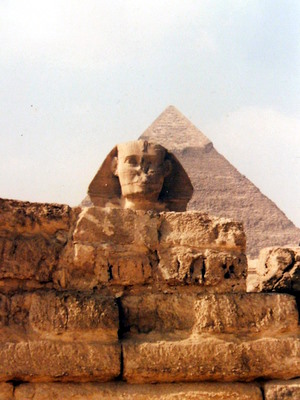
In the mysterious world of ancient Egypt, the afterlife was seen as a complex journey that required careful preparation and strict adherence to sacred rituals.
The Egyptians believed in a physical afterlife, where the soul would be reunited with the body. This belief was central to their burial practices, which included mummification and the provision of goods for the afterlife. The idea was that the soul, or ka, would need a material body to inhabit in the afterlife, ensuring its continued existence.
In addition, they believed that for a successful passage to the afterlife, one's heart needed to be free of sin and light as a feather, as it would be weighed against the feather of truth. This ritual, overseen by the demon Ammit, determined whether the soul could proceed to the afterlife or face annihilation.
The Book of the Dead is a collection of spells and incantations that serve as an essential guide for navigating the challenges of the afterlife. This text was carefully inscribed on papyrus and buried with the deceased to provide protection and guidance for the soul's journey.
Through these practices, the ancient Egyptians aimed to attain immortality, ensuring their place among the virtuous dead in a blissful afterlife.
Greek
The Greek believed in a more spiritual afterlife, where the soul would exist in a state of bliss or torment. The Greek underworld, ruled by the formidable Hades, present a fascinating glimpse into ancient beliefs about death and the afterlife. Souls of the deceased were ferried across the rivers of the Underworld by a grim ferryman who required an obol for passage. This journey was filled with challenges, as the souls had to navigate through regions like Elysium for the blessed, Tartarus for the wicked, and the Asphodel Fields for those of mixed deeds.
Guarding the gates of this shadowy realm was Cerberus, the three-headed dog who ensured that souls could enter but never leave.
This realm, steeped in myth and mystery, continues to evoke a sense of awe and contemplation about the nature of life and death.
Christianity
Christianity offers a complex perspective on the afterlife, which includes the idea of an intermediate state and the promise of eternal life. They also provide the concepts of heaven, hell, and purgatory. According to the teachings of Jesus Christ, particularly in parables like the one found in Luke 16, a continuation of existence exists beyond death. This suggests that souls enter an intermediate state while awaiting final judgment. The Catholic Church teaches that after the body dies, the soul is judged; the righteous are granted Heaven, while those who are sinful may face hell or purgatory for purification before ultimately entering Heaven.
The resurrection of Jesus is central to Christian doctrine, offering believers the hope of immortality and everlasting life. This belief manifests in various interpretations, with some Christians emphasizing immediate fulfillment in Heaven, while others focus on a future physical resurrection and differing notions of hell and purgatory. These diverse views underscore the rich tapestry of Christian eschatology.
Islamic
In Islam, the afterlife is closely connected to the Day of Judgment, a crucial event in which individuals confront the consequences of their actions during their lifetime. Muslims believe that the ultimate fate of the soul is determined by the balance of good and evil deeds recorded throughout one's life. This divine judgment results in eternal salvation in paradise for the righteous, while the wicked face severe punishment in hell.
The Quran describes paradise as a place of eternal bliss, while hell is depicted as a multi-layered realm of torment for those who disobey God. These vivid portrayals serve as powerful reminders of the moral and ethical responsibilities that guide a Muslim's life. The Islamic perspective on the afterlife emphasizes the importance of living righteously and seeking God's favor.
Traditional African Religions
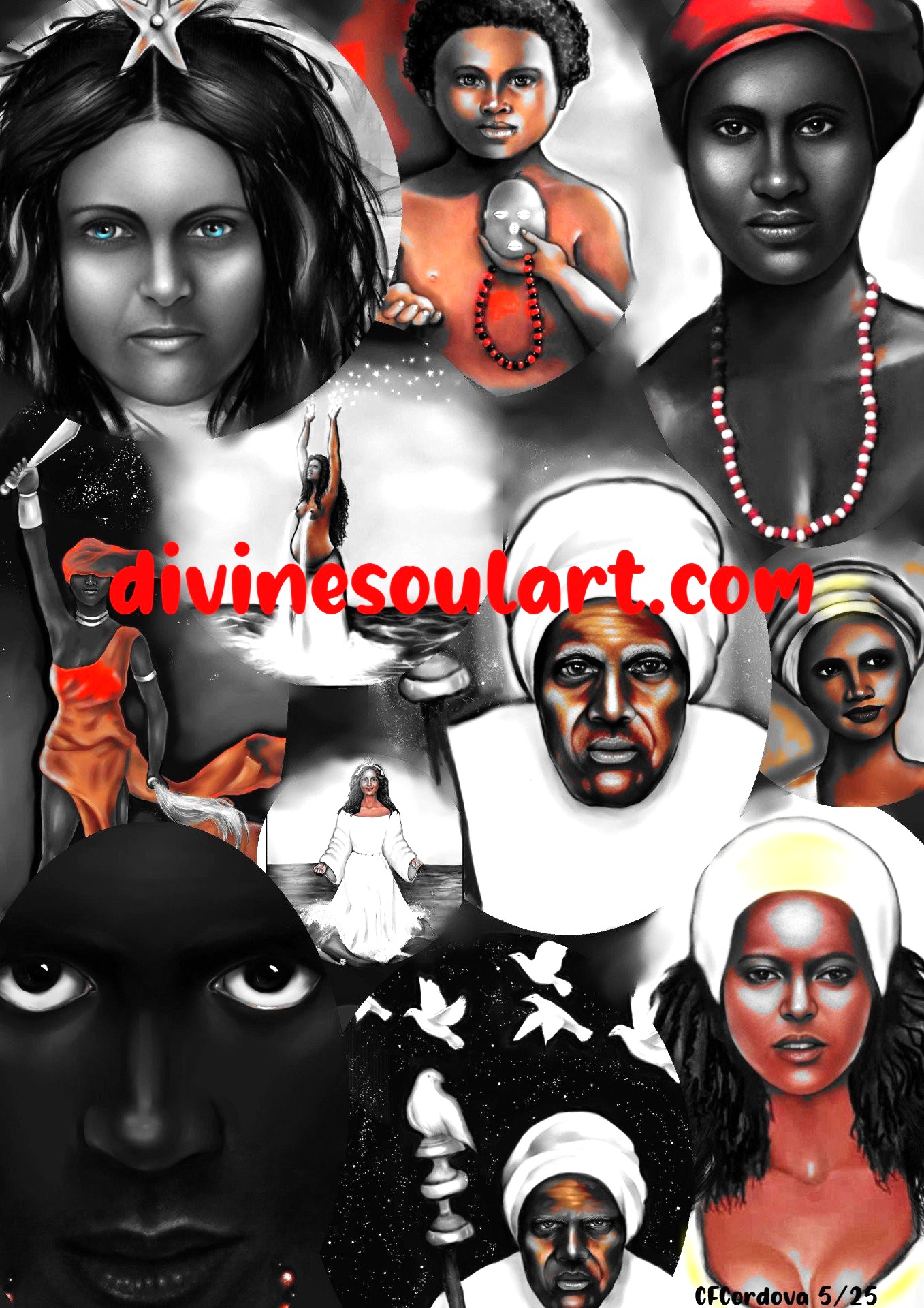
Traditional African religions offer a rich tapestry of beliefs about the afterlife, emphasizing the continuity of life and the influence of ancestors. Many of these religions incorporate a belief in a spirit world where deceased individuals continue to exist and can influence the living. This connection with one's ancestors is a central theme, with the deceased often called upon for guidance or support.
Reincarnation is another common belief, where the deceased may return to life within their family lineage, ensuring the continuity of family ties through successive generations, including one's ancestors. These beliefs highlight the deep interconnection between the living and the dead in many African cultures.
The Druze faith
The Druze faith (Arab esoteric religious group), for example, holds a unique view on life after death. They believe that when a person dies, their soul is immediately transferred to a new body- being reborn into another human form and continuing the cycle of life and death.
Indigenous Religions
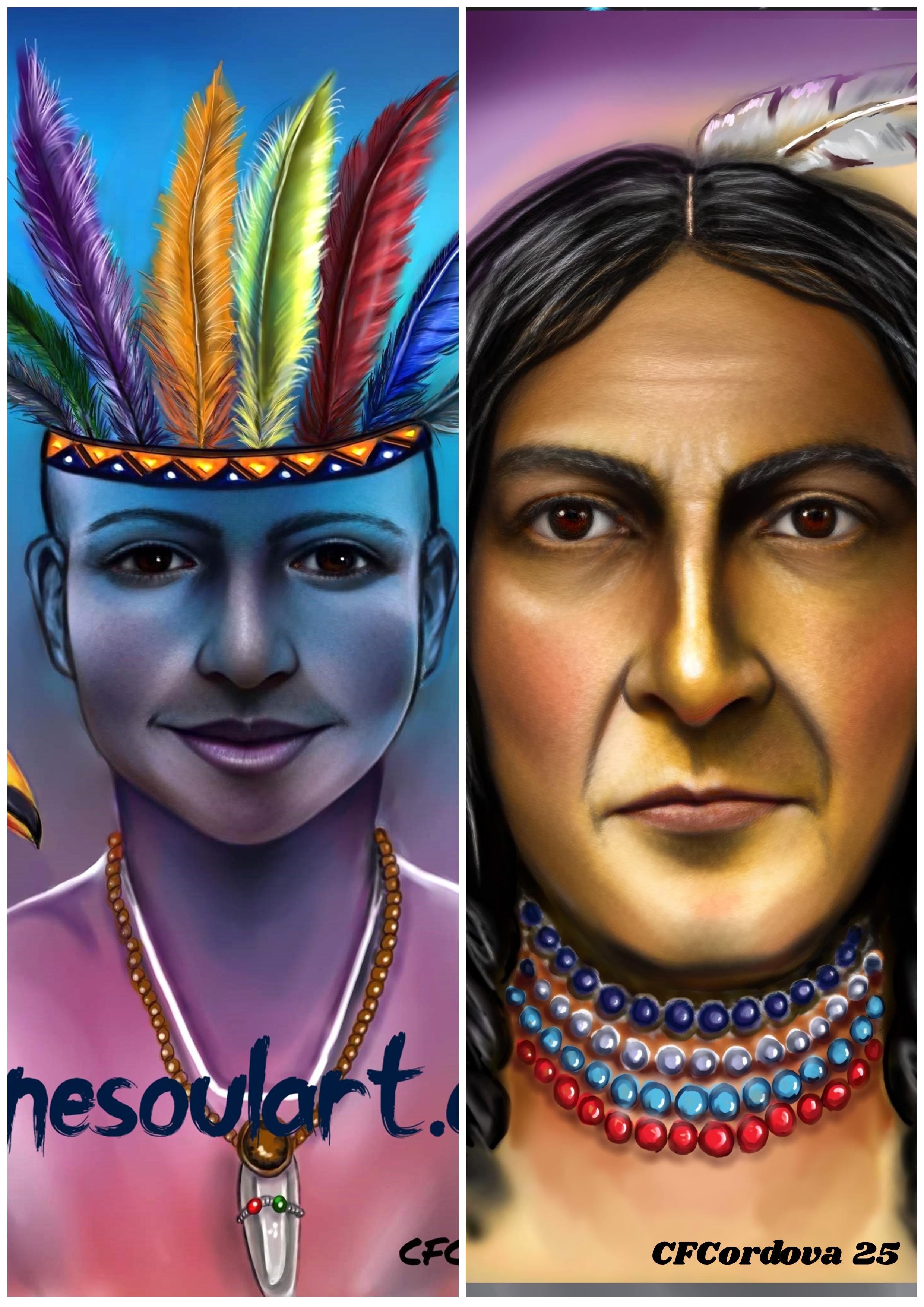
Indigenous religions often have unique afterlife beliefs, like the Happy Hunting Ground in some Native American cultures. It is an afterlife paradise where, "the souls of deceased hunters and warriors go to continue their skills and enjoy a plentiful supply of game."
Rituals and concepts related to honoring and connecting with one's ancestors are significant in many indigenous religions, reflecting their beliefs about the afterlife and the ongoing relationship between the living and the deceased.
Reincarnation and Rebirth
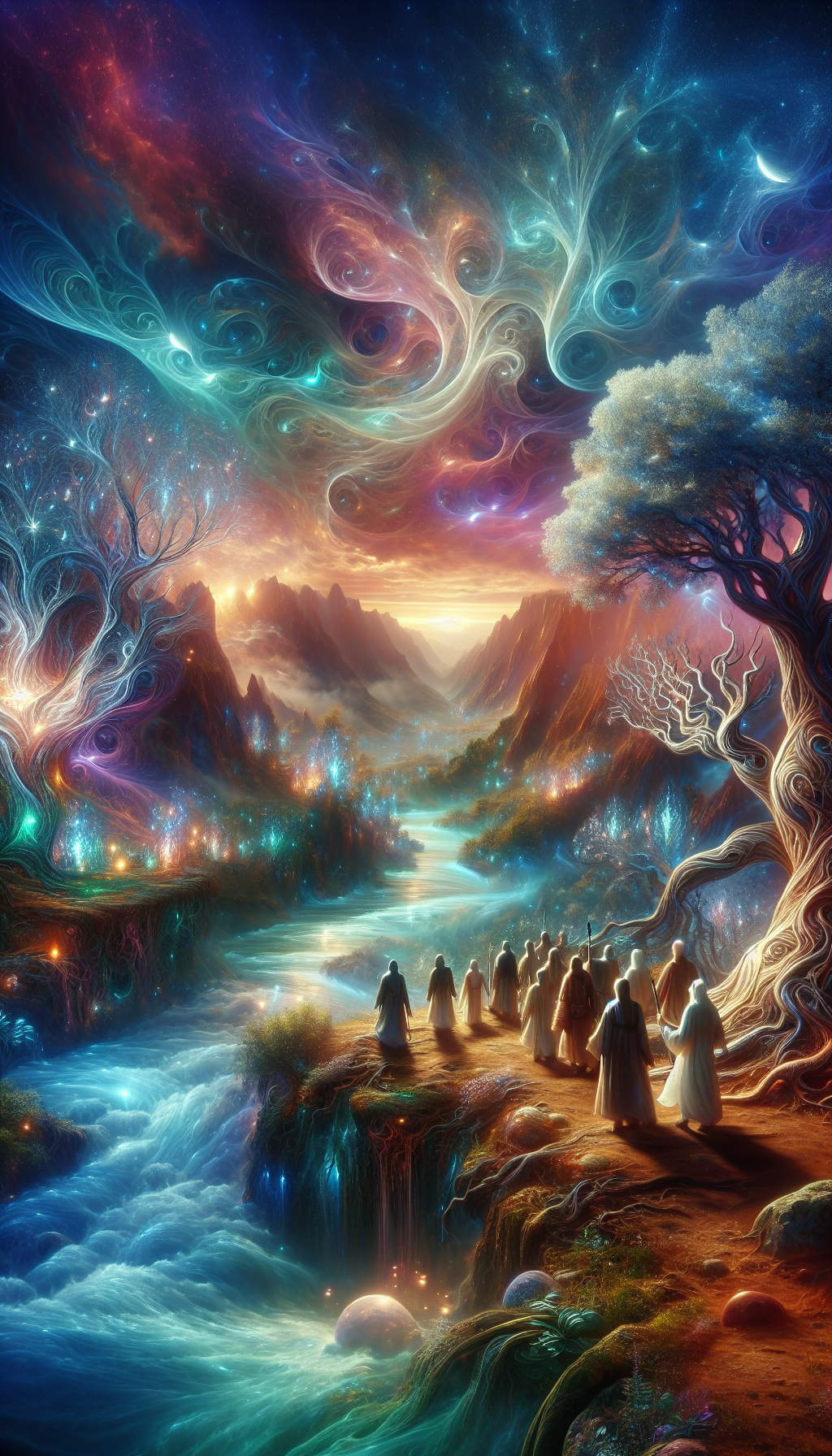
The concept of the immortal soul plays a crucial role in reincarnation and the cycle of birth and rebirth, as it is believed to persist after physical death, undergoing multiple existences and ultimately seeking liberation from this cycle. These beliefs emphasize the spirit world as a place of growth and transformation for the soul.
Some traditions, particularly within Indian religions, view life after death as a continuous cycle of rebirth, influenced by one's actions in previous lives. Reincarnation involves the soul being reborn into different bodies until it reaches liberation.
When a person dies, various religious and philosophical contexts describe the soul's journey, including immediate resting places and processes of rebirth, emphasizing the continuity of existence beyond physical death. This idea is central to Hinduism, which describes a continuous cycle of birth, death, and rebirth known as samsara, with the ultimate goal being moksha or liberation from this cycle.
Buddhism recognizes samsara but aims for nirvana, a state free of suffering and desire, as the ultimate goal. Karma plays a pivotal role, where actions and intentions significantly affect future experiences, including the afterlife. Good actions and intentions generate positive karma, leading to favorable rebirths, while negative actions result in adverse karma and poorer rebirths.
Near Death Experiences and Past Life Regression
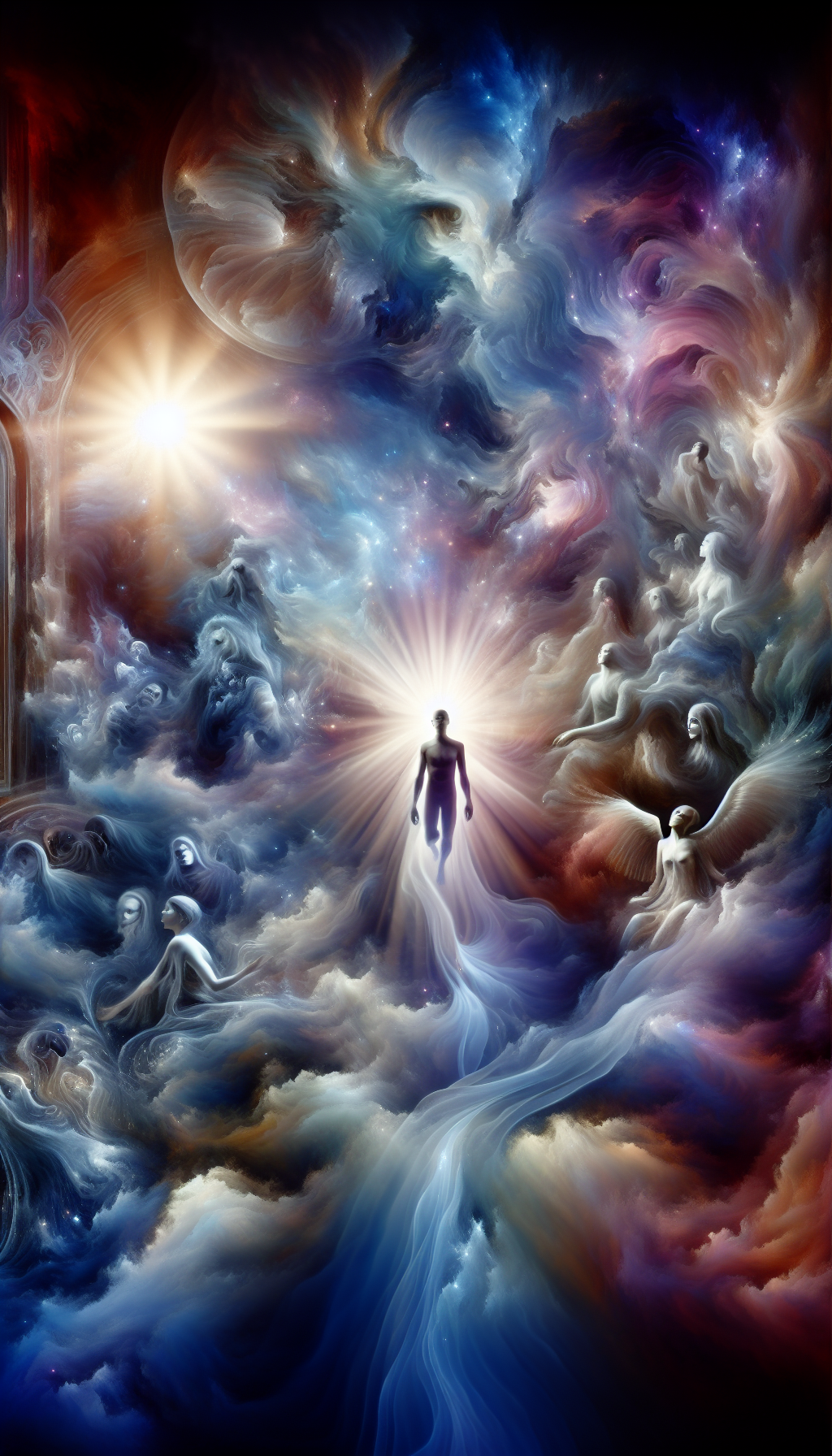
Near-death experiences (NDEs) and past life regression research offer intriguing insights into the afterlife.
Near-death experiences often provide vivid descriptions of the spirit world and profound insights into what lies beyond death. Many people have claimed to have visited heaven or a place that resembles it. One person reported feeling peace and belonging during their near-death experience, describing it as a comforting yellow glow. For many individuals who have experienced near-death experiences, it serves as confirmation that heaven exists. Such experiences often challenge our understanding of consciousness and existence, providing a unique perspective on life after death.
In another near-death experience, a person described observing their medical emergency from a detached perspective, noting a lack of emotional response. These out-of-body experiences suggest that consciousness may persist independently from the physical body, raising intriguing questions about the nature of the soul and the afterlife.
Experiencing two near-death incidents led a person to become more open to the idea of life after death. This individual found comfort in the similarity of their near-death experiences to those documented in scientific literature. This alignment between personal experiences and scientific research underscores the potential validity of near-death phenomena.
Past life regression, a method that uses hypnosis to recover memories of past lives, further challenges traditional views of life and death. These experiences and studies suggest that personal identity and consciousness may persist beyond the material body, inviting us to reconsider the nature of existence, history, and immortality.
The Role of Karma and Moral Conduct
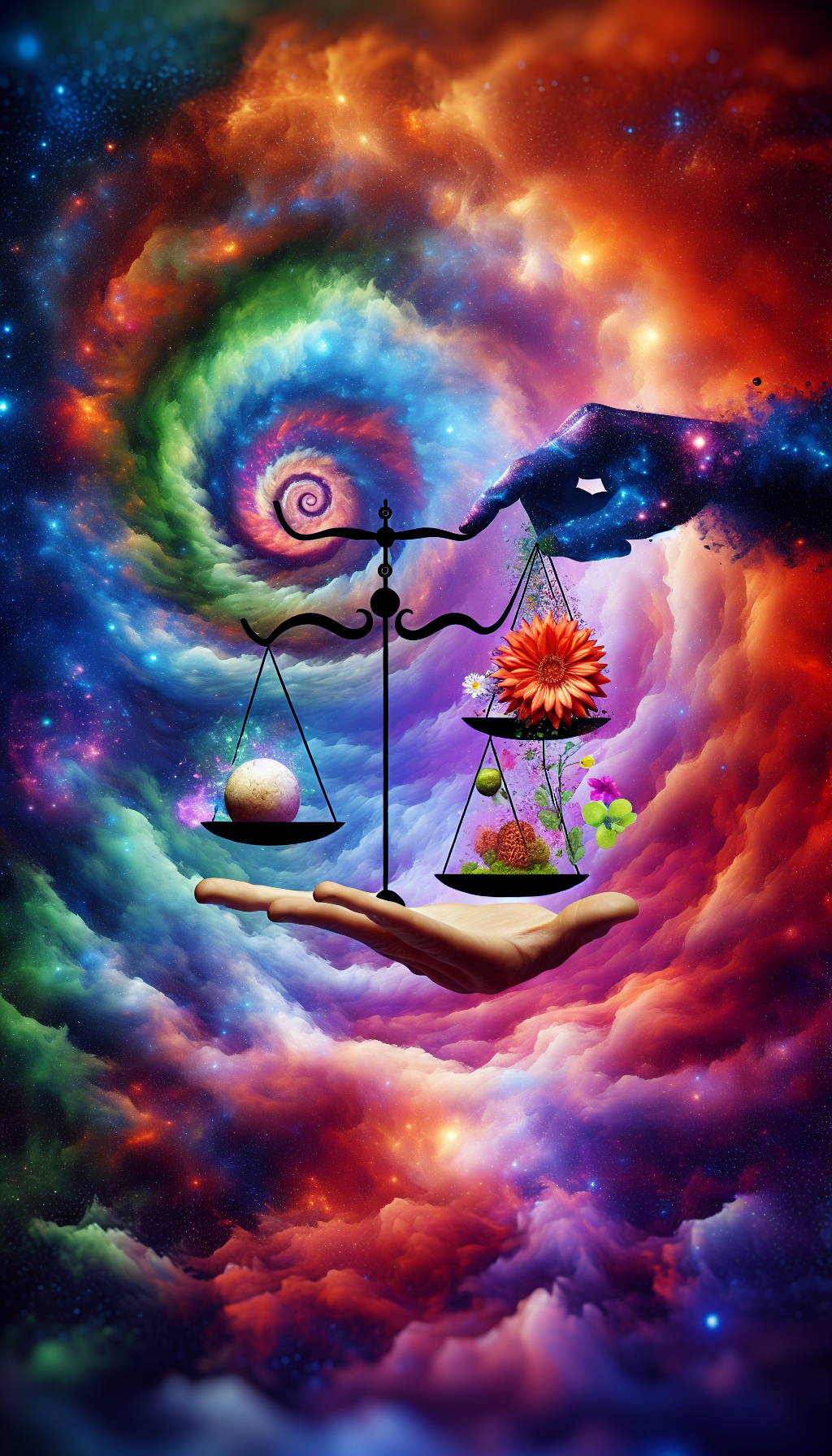 Karma- person's actions -beautiful artwork by Tai
Karma- person's actions -beautiful artwork by TaiKarma plays a pivotal role in many spiritual traditions, linking actions with afterlife consequences. In Buddhism, karma involves both actions and the intentions behind them. Deliberate deeds carry greater weight in determining future consequences, emphasizing the importance of mindful living.
Jainism extends the principle of karma by emphasizing that thoughts can attract karmic matter. This means moral conduct includes mental dispositions, highlighting the impact of one's inner life on karmic destiny. Karma operates independently of divine judgment, suggesting individuals are responsible for their actions based on natural laws.
In various spiritual traditions, karma links moral conduct with the cycle of life, death, and rebirth. Adhering to moral conduct shapes one's karmic destiny, influencing future lives and existence in the afterlife. This interconnectedness between actions and their repercussions underscores the ethical dimensions of life after death and encourages individuals to pursue a life of goodness.
The Soul Returns to the Spirit World
When a person dies, their physical body ceases to exist, but their soul continues to live on, transitioning into the spiritual world. This process, often referred to as "crossing over," marks the beginning of a new journey. The soul, now free from the constraints of the physical world, enters a realm where it can continue to grow, learn, and evolve.
In many cultures, the afterlife is seen as a continuation after death, where the individual's soul or spirit continues to exist in a spiritual world or through reincarnation.
The form of the soul in the spirit world can vary, with some traditions depicting souls as retaining their earthly appearances, while others suggest a more fluid, spiritual form.
The concept of the spiritual world, regardless of specific beliefs, provides hope and comfort to those who are facing death or grieving the loss of a loved one. It suggests that life extends beyond the physical realm, offering the possibility of reunion with loved ones and opportunities for ongoing growth and development.
In this spiritual world, the soul is no longer bound by the limitations of time and space. It moves freely, unencumbered by the physical laws that govern its existence on Earth. Here, the soul can communicate with other spirits, forming connections and relationships that transcend the physical realm.
In the spirit world, souls may continue to interact with each other and with the living, offering guidance, protection, and support. This enduring connection between the spiritual and physical realms highlights the belief in the continuity of existence and the hope for everlasting life.
The idea of the spiritual world is closely linked to the concept of the afterlife—the belief that life continues after death in some form. This belief is a central tenet in many religious and spiritual traditions, providing comfort to those coping with death or the loss of a loved one.
Communicating with the Death
 Do not fear death -the soul lives on
Do not fear death -the soul lives onCommunication with the dead is a phenomenon that has been reported across various cultures and belief systems. Many people believe that it is possible to communicate with the dead through various means, such as mediumship, channeling, or near-death experiences. These practices are often seen as ways to seek guidance, wisdom, or closure from deceased loved ones.
In ancient Greek tradition, the dead were believed to possess knowledge and wisdom that could be accessed through rituals and ceremonies. These practices were seen as a way to connect with the spirit world and gain insights from those who had passed on. Similarly, in modern times, near-death experiences have been reported by many individuals who claim to have communicated with deceased loved ones or experienced a sense of peace and tranquility. These experiences often involve encounters with a bright light or a feeling of being in a serene and comforting place, suggesting a continued existence beyond physical death.
The concept of communication with the dead continues to be explored in various fields, including psychology, philosophy, and spirituality. While some view these experiences as evidence of an afterlife, others see them as psychological phenomena. Regardless of the interpretation, the idea of communicating with the dead remains a fascinating and deeply meaningful topic for many people, reflecting the enduring human desire to connect with the spirit realm and understand the mysteries of life and death.
This demonstrates that the soul continues to exist even after death.
Finding Hope and Meaning in Life and Death
Beliefs about the spirit world often emphasize that death is a continuation of existence in another form. This perspective can provide hope and comfort, especially to those grieving loved ones. The law of karma, seen as an ethical guideline in various traditions, encourages living a good life and avoiding immoral actions, enhancing this sense of hope.
Believing that deceased loved ones are in a better place and that we will be reunited with them in the afterlife offers significant comfort. This notion helps many people cope with the pain of loss, fostering a sense of peace and continuity.
Understanding death and the afterlife can enhance hope and provide a deeper sense of purpose. It encourages us to live meaningfully, knowing that our actions have lasting consequences. This perspective alleviates the fear of death and inspires us to make the most of our earthly existence.
Finding hope and meaning in life and death integrates spiritual beliefs, ethical conduct, and personal experiences. Exploring these dimensions cultivates a deeper appreciation for the mysteries of life and the promise of the afterlife.
There is no need to fear death.
People Want to Know
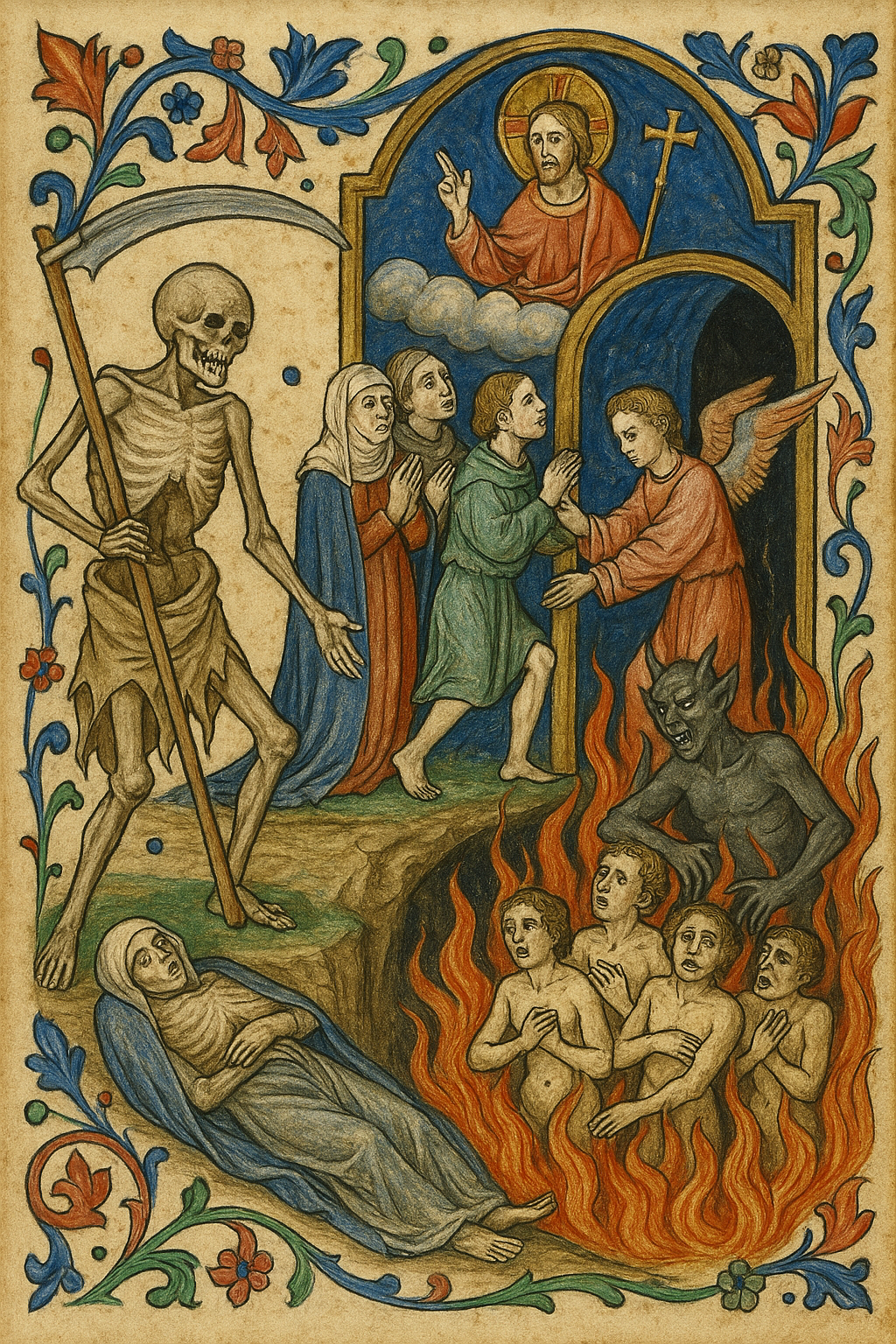 Middle Ages - Death and afterlife
Middle Ages - Death and afterlifeSpiritists believe that there are different realms, separate from the physical world, inhabited by various types of spirits. Is this true?
Yes, they believe in the existence of different realms separate from the physical world, inhabited by various types of spirits. These realms are believed to host both benevolent and malevolent spirits, which can significantly interact with the physical world. This belief in the spirit world suggests a complex and dynamic afterlife where spirits continue to engage with the living.
The spirit world is viewed as a place where souls can progress on their journey, offering guidance, protection, or even causing harm. This interaction between realms adds a fascinating dimension to our understanding of the afterlife and the enduring connection between the spiritual and physical worlds.
Is there a realm called hell?
The concept of hell exists in various forms across different religious traditions, often depicted as a realm of punishment for the wicked. In Christianity, hell is frequently portrayed as a fiery place of eternal torment for the damned, while Islam describes Jahannam as a multi-layered realm with severe punishments for those who disobey God. These depictions serve as powerful reminders of the consequences of one’s actions, emphasizing the importance of living a righteous life.
Other traditions offer different interpretations of hell. Ancient Egyptian beliefs included a judgment process where the soul could be annihilated rather than eternally punished. Judaism views Gehinnom not as a place of eternal torment, but rather as a temporary purgatory for purification before reaching the afterlife.
Even in mythologies such as Celtic and Norse, hell is depicted as a cold, dark place associated with suffering. These varied perspectives highlight the diverse ways humanity has envisioned the fate of the unrighteous after death.
Where do souls go upon death?
The destination of souls after death is a question that has intrigued the human race for centuries, with different traditions offering unique answers. In many belief systems, souls are judged based on their actions in life, determining their place in the afterlife. For instance, in ancient Egyptian belief, the soul's journey involved weighing the heart against a feather to assess its purity before entering the afterlife.
Greek mythology presents a more complex picture, with the underworld divided into several realms: Elysium for the virtuous, Tartarus for the wicked, and the Asphodel Fields for those of mixed deeds.
In Judaism, souls may enter Sheol, a shadowy existence, with different interpretations about reward or punishment in the afterlife. Christianity and Islam also offer varied teachings, with some beliefs stating that souls go to Heaven or Hell after judgment, while others include concepts like Purgatory or an intermediate state.
Buddhism, on the other hand, suggests a cycle of rebirth, where souls cycle through various lives based on karma until achieving enlightenment. These diverse views reflect the rich tapestry of beliefs about the afterlife.
Are souls upon death, immediately reunited with there departed loved ones?
The idea of reuniting with departed loved ones in the afterlife is a comforting belief held by many cultures and religions. In numerous traditions, the afterlife is seen as a time for reunion, where souls meet immediately after death in a joyous manner. Near-death experiences frequently describe individuals witnessing their own deaths and seeing deceased relatives, indicating an immediate connection post-death.
However, some beliefs suggest that souls may remain earthbound for a period, especially if they have strong attachments to their loved ones or if their passing was sudden. The transition into the afterlife can involve an adjustment phase, where souls might initially linger near their physical bodies or loved ones before moving on.
In certain spiritual beliefs, it is thought that deceased loved ones actively prepare for the arrival of the soul, welcoming them warmly after their earthly existence and keeping their memories alive. These varied perspectives highlight the enduring hope for reunion and the continuation of bonds beyond death.
Upon death why do some souls remain on the Earth realm?
The phenomenon of earthbound spirits, or souls that remain in the physical realm after death, has received considerable attention at this point, particularly in the context of eerie chronology ventures, where many have speculated about those who have died.
Some spirits may not cross over due to:
- An incomplete understanding of their death
- Strong attachments to people or places
- Emotional ties
- Unresolved issues
- Fear of judgment regarding their afterlife
These factors can cause spirits to linger.
Accidental deaths or suicides are often cited as reasons for souls remaining trapped in the earthly realm. In some cases, spirits stay on Earth to protect loved ones or deliver important messages they feel obligated to share.
Locations with a high energy presence, such as hospitals or old homes, can attract earthbound spirits seeking energy. These explanations offer insight into why some souls may remain connected to the physical world even after death.
After death, is the soul allowed to reincarnate immediately?
The concept of immediate reincarnation after death is prevalent in several religious traditions, particularly those from India. In Jainism, it is believed that reincarnation into a new body occurs immediately after death, influenced by one's karma. Buddhism typically asserts that rebirth is instantaneous, although some traditions propose an intermediate state called bardo that can last up to 49 days.
Hinduism offers a nuanced view, suggesting that the soul, known as the atman, may be reborn immediately after death, but some teachings propose that it could reside in different realms, like heaven or hell, before reincarnation.
This cyclical nature of existence, known as samsara, emphasizes the soul's journey through various lives until achieving enlightenment and liberation from the cycle of rebirth. These beliefs highlight the diversity of views on the timing and nature of reincarnation.
Summary
The exploration of life after death reveals a complex and multifaceted tapestry of beliefs, experiences, and scientific investigations. From the separation of the spirit from the material body to the varied interpretations of the spirit world, resurrection, and rebirth, each perspective offers unique insights into the mysteries of existence. The roles of judgment, karma, and moral conduct further underscore the ethical dimensions of life after death, encouraging us to live with greater mindfulness and purpose.
Personal experiences and near-death insights provide intimate glimpses into individual perceptions of the afterlife, while scientific investigations continue to probe the boundaries of consciousness and existence. Together, these explorations offer a more comprehensive understanding of life after death, bridging the gap between empirical evidence and spiritual beliefs.
Ultimately, finding hope and meaning in life and death is a journey that integrates spiritual beliefs, ethical conduct, and personal experiences. By embracing these diverse perspectives, we can cultivate a deeper appreciation for the mysteries of life and the promise of the afterlife, inspiring us to live more meaningfully and with greater purpose.
Click below and views more than 600 pieces of spiritual artwork

Spiritual Books
If you enjoy the articles on this website, you will also appreciate the short stories in the books below. Click here and continue the journey.
